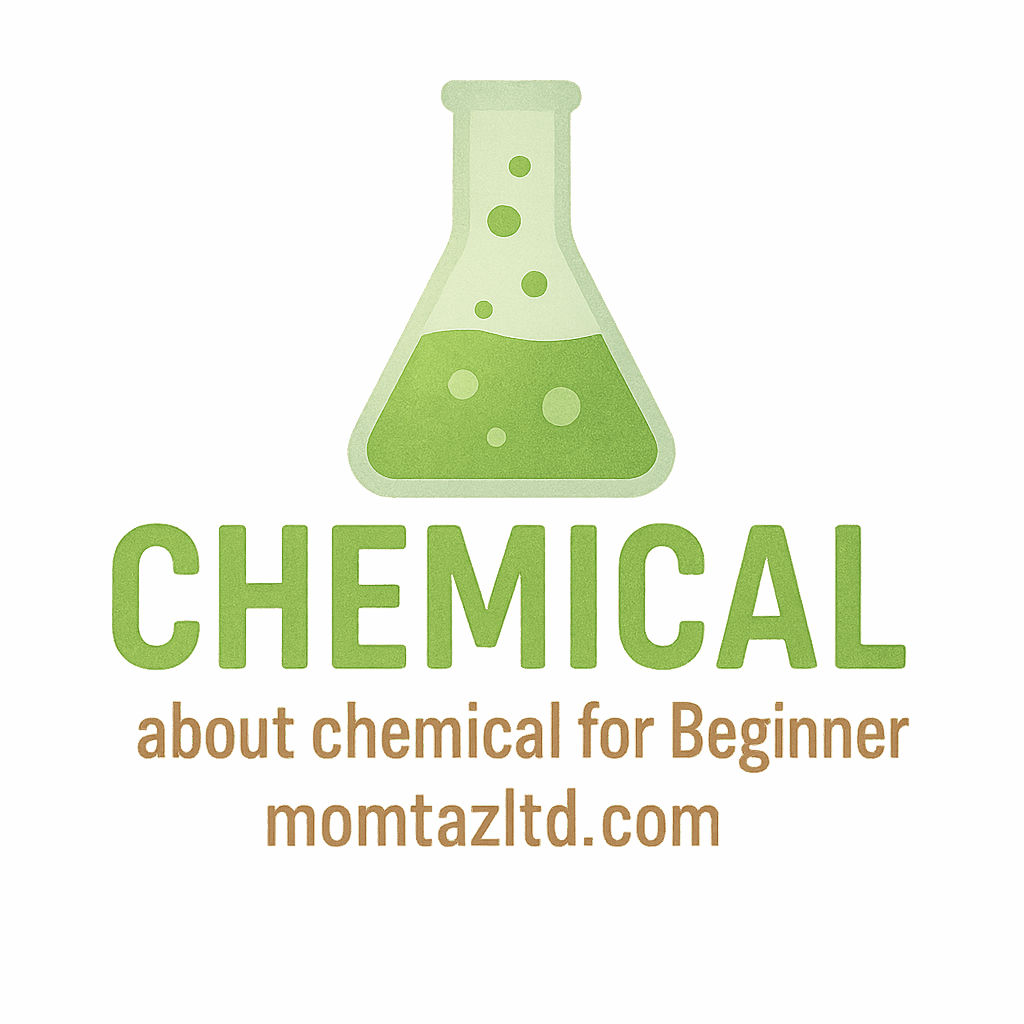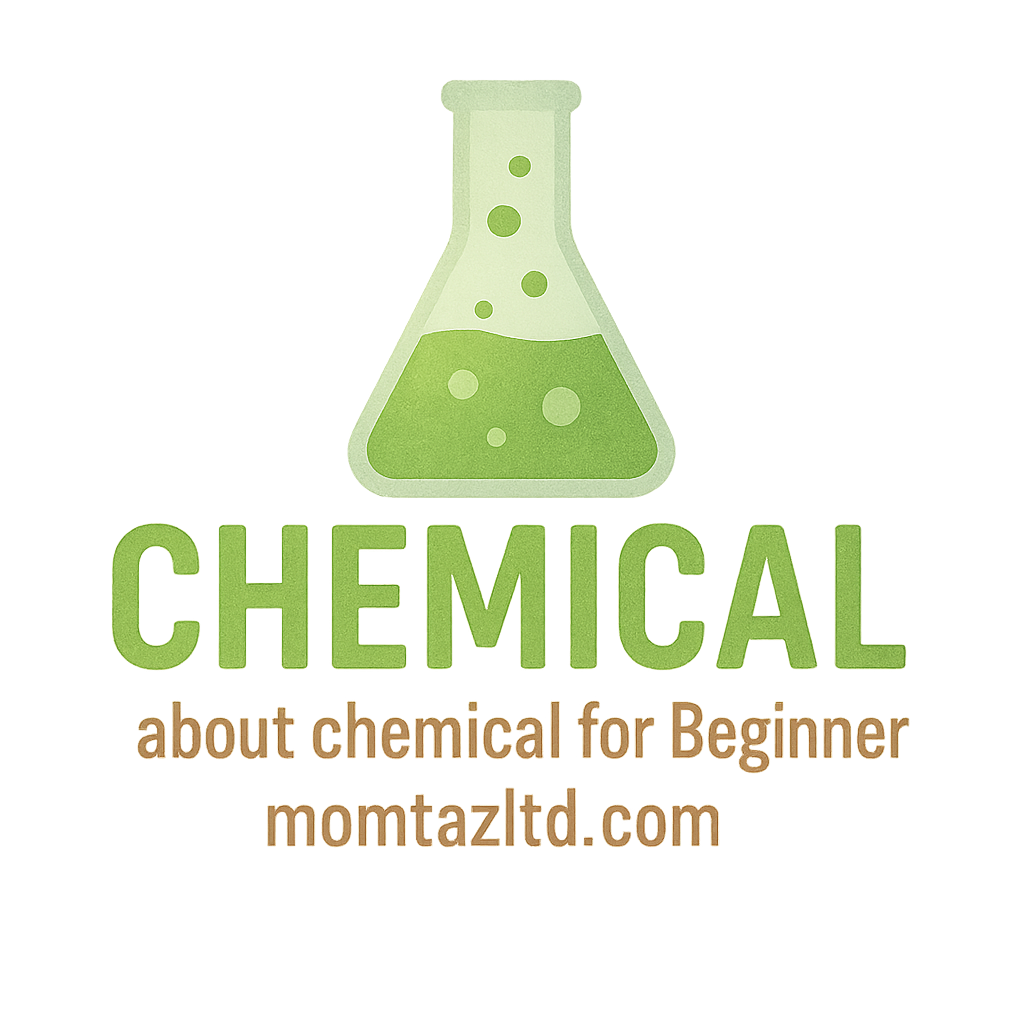Introduction: Why Fire Safety in Chemistry Matters
If you’re just dipping your toes into the world of chemistry, fire safety might feel like an overwhelming topic. But here’s the truth: even the smallest mistake when handling chemicals can lead to big problems. Fires caused by chemicals aren’t just dangerous—they can spread quickly, damage property, and put lives at risk. That’s why learning fire safety precautions during chemical handling is not just a rule, it’s a responsibility.
Whether you’re experimenting in a school lab, working with household cleaning products, or dealing with industrial substances, you need a beginner-friendly guide to stay safe. Let’s break it down into simple, practical steps.
Understanding Fire Risks in Chemistry
Common Fire Hazards in Laboratories
In a lab, fire risks are everywhere—flammable solvents like ethanol, heating devices like Bunsen burners, and reactive compounds that ignite when exposed to air. One wrong move can cause a chain reaction. That’s why labs have strict safety protocols.
Learn more about laboratory chemicals and how they can create risks if not handled properly.
How Household Chemicals Can Spark Fires
Think household bleach, rubbing alcohol, and aerosol sprays—they may look harmless but can fuel a fire in seconds if stored or used incorrectly. For more tips, check out household chemicals and their safe usage.
Industrial Chemicals and Fire Hazards
Industries deal with massive amounts of flammable and explosive substances. That’s why strict training, protective gear, and safety audits are non-negotiable. Learn more about industrial chemicals and fire safety.
Fire Safety Precaution #1: Proper Chemical Storage
Importance of Labeling Containers
Labeling containers is not just about organization—it saves lives. Without proper labeling, you risk mixing flammable substances with oxidizers, which can ignite instantly. Learn the right chemical storage methods.
Separate Incompatible Chemicals
Acids, bases, solvents, and oxidizers should never be stored side by side. Even fumes can mix and create dangerous conditions. Think of it as keeping oil and water separate—they just don’t mix safely.
Fire Safety Precaution #2: Use Personal Protective Equipment (PPE)
Goggles, Gloves, and Lab Coats
Protective equipment acts as your first line of defense. Goggles shield your eyes, gloves protect your skin, and lab coats reduce exposure. It’s simple: no PPE, no chemical handling.
Fire-Resistant Clothing in Industrial Settings
In industries, workers use flame-resistant uniforms to prevent burns in case of sudden ignition. It’s like wearing a firefighter’s armor while working with chemicals.
Fire Safety Precaution #3: Know the Right Fire Extinguisher
Types of Fire Extinguishers for Chemical Fires
Not every extinguisher works for chemical fires. Water-based extinguishers can make things worse. Instead, Class B and Class C extinguishers are designed for flammable liquids and electrical fires.
How to Use a Fire Extinguisher Safely
Remember the PASS method: Pull, Aim, Squeeze, Sweep. Aim at the base of the fire, not the flames. Practicing this can save precious seconds during emergencies.
Fire Safety Precaution #4: Proper Ventilation
Role of Fume Hoods in Laboratories
A fume hood is like a protective bubble—it traps harmful vapors and prevents them from building up into explosive concentrations. Beginner chemists should always use one for volatile substances.
Ventilation in Household Chemical Use
Even at home, good ventilation matters. Opening windows while cleaning with strong chemicals reduces the risk of vapors igniting near a stove or candle. Explore more home tips.

Fire Safety Precaution #5: Safe Handling Practices
Never Mix Unknown Chemicals
Mixing random chemicals is like playing with fire—literally. Without proper knowledge, you might create toxic gases or explosive reactions. Always research and follow instructions.
Follow Instructions from Experts
Beginner chemists should follow the advice of mentors or use guides from trusted sources. Sites like learn from experts provide valuable knowledge to avoid dangerous mistakes.
Fire Safety Precaution #6: Emergency Preparedness
Fire Drills and Safety Training
Knowing what to do when fire strikes is as important as prevention. Regular fire drills train your reflexes so you don’t freeze under pressure.
First Aid Basics for Chemical Burns and Fire Injuries
Immediate response can reduce the severity of injuries. Cool the burn with water, remove contaminated clothing, and seek medical help. Basic chemical safety training covers this.
Fire Safety Precaution #7: Knowledge and Continuous Learning
Learning from Chemical Accidents
History is full of chemical accidents that could have been prevented. Reading about real-life incidents helps beginners avoid repeating the same mistakes. Explore more chemical accidents.
Following Expert Guidance
Chemistry is constantly evolving. That means fire safety guidelines are updated regularly. Stay connected with learn chemical communities to keep learning.
Common Beginner Mistakes in Chemical Fire Safety
- Ignoring PPE rules
- Using water on solvent fires
- Storing chemicals in unmarked bottles
- Working without ventilation
- Overconfidence without proper training
Avoid these mistakes and you’ll reduce fire risks dramatically.
How to Build a Safety-First Mindset
Think of fire safety like wearing a seatbelt—you might not need it every time, but the one time you do, it could save your life. For beginners, adopting a safety-first mindset makes every experiment or task much safer.
Conclusion: Making Fire Safety a Habit
Fire safety during chemical handling isn’t just about memorizing rules—it’s about building habits. From proper storage to using PPE, every step reduces risks. Beginners in chemistry need to see safety not as a burden but as part of the process. Remember, prevention is always better than cure.
Stay curious, keep experimenting, but always put safety first. Want to learn more? Visit Momtaz Ltd for resources on chemical basics, careers in chemistry, and practical guides on handling chemicals safely.
FAQs
1. Why is fire safety important when handling chemicals?
Because many chemicals are flammable, a small mistake can cause big accidents. Fire safety ensures prevention and protection.
2. What PPE should beginners always wear?
At minimum—goggles, gloves, and a lab coat. In industrial settings, fire-resistant clothing is also essential.
3. Can I use water to put out a chemical fire?
Not always. Water can spread flammable liquids. Use the correct fire extinguisher for chemical fires.
4. How do I know which chemicals are incompatible?
Always read labels and safety data sheets. You can also check chemical terms for compatibility information.
5. What should I do if a fire breaks out in the lab?
Raise the alarm, use the correct extinguisher if safe, evacuate immediately, and call emergency services.
6. Are household chemicals as dangerous as lab chemicals?
Yes, if mishandled. Aerosols, bleach, and alcohol can ignite or react dangerously when stored improperly.
7. How can beginners keep learning about chemical safety?
Follow reliable resources like beginner chemistry, attend workshops, and always ask experts before experimenting.


